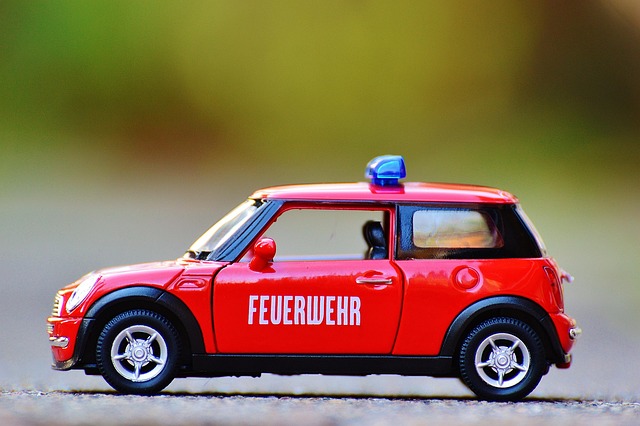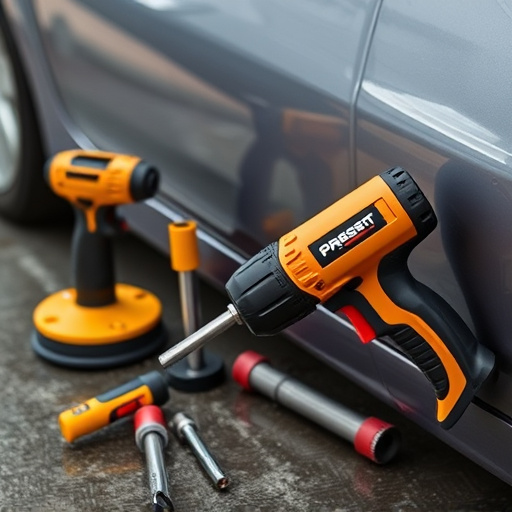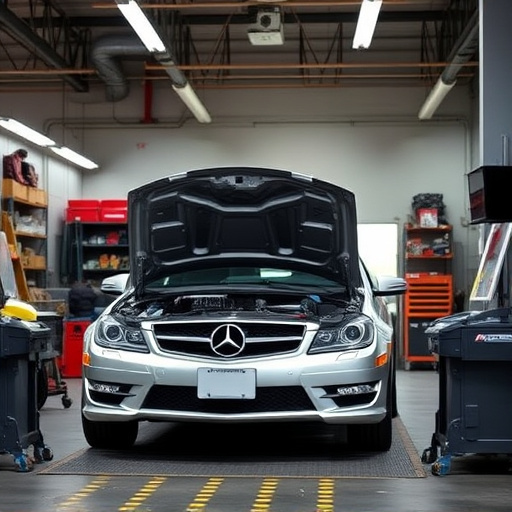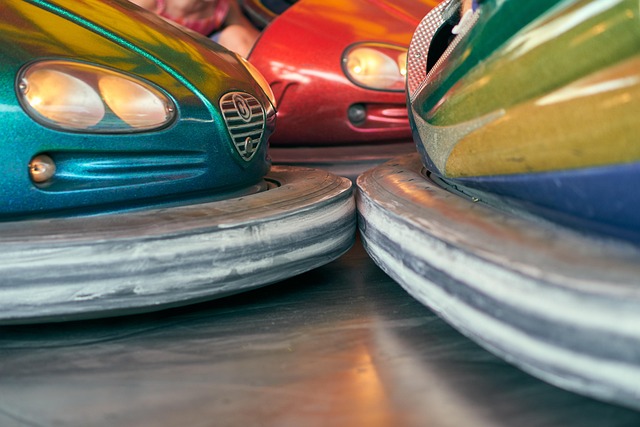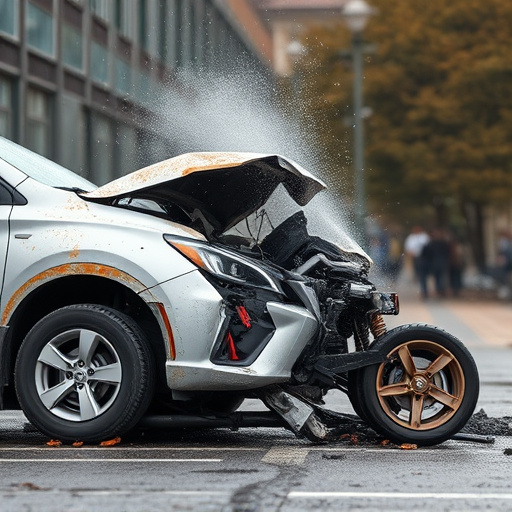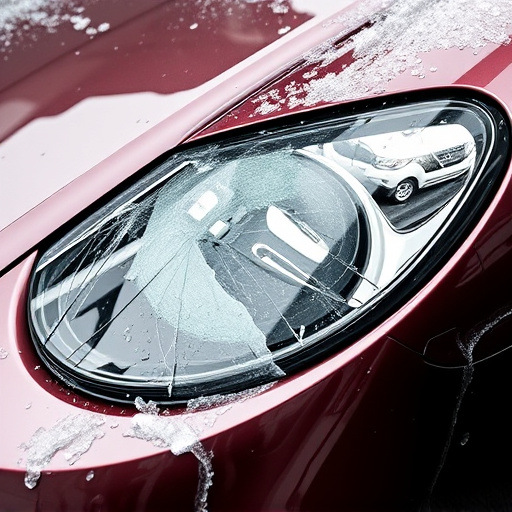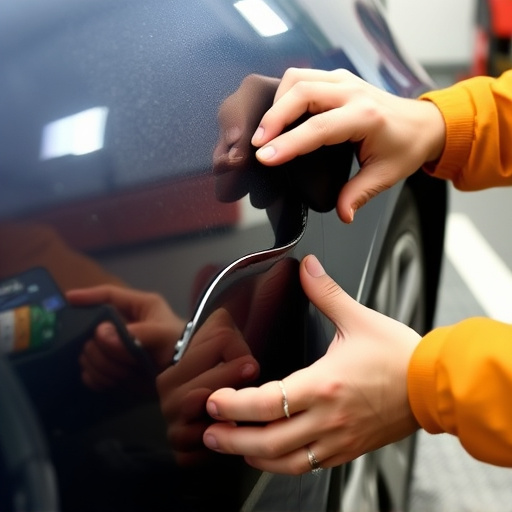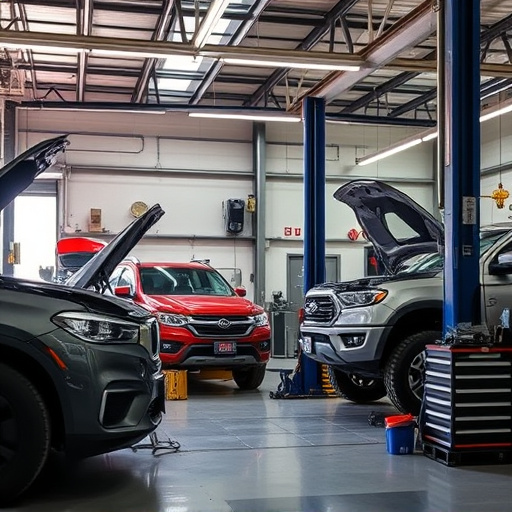Paintless Dent Repair (PDR) is a skilled technique using specialized tools to gently push out dents without sanding or repainting, preserving original finishes. Effective for minor to moderate dents, PDR offers swift, economical, and discreet restoration compared to traditional collision repair. PDR techniques leverage science and precision to ensure long-lasting solutions while maintaining vehicle value and aesthetic appeal.
“Unraveling the mysteries of PDR (Paintless Dent Repair) begins with a clear understanding of its fundamentals. This article aims to guide you through the process, addressing common misconceptions and separating fact from fiction. We’ll explore the science behind PDR techniques, ensuring you grasp their efficacy and precision. From beginners to professionals, this guide debunks myths, empowering you with knowledge. By delving into PDR basics, common misgivings, and the real science, you’ll gain a new perspective on these innovative dent repair methods.”
- PDR Basics: Demystifying the Process for Newbies
- Common Misconceptions About PDR's Efficacy
- The Science Behind PDR: Separating Fact from Fiction
PDR Basics: Demystifying the Process for Newbies
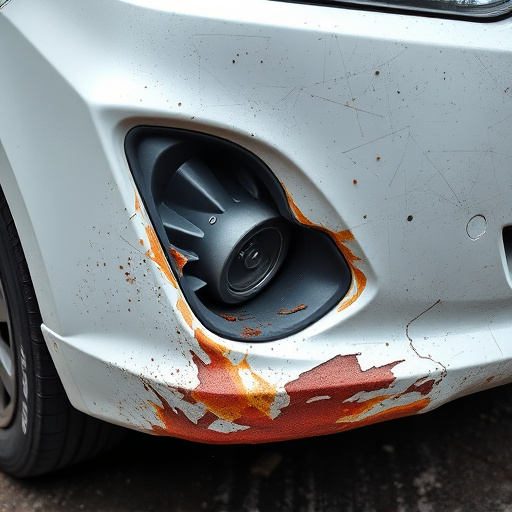
PDR, or Paintless Dent Repair, is a revolutionary technique that has transformed the way collision damage is addressed in automotive care. For those new to this process, demystifying PDR involves understanding its non-invasive nature. Unlike traditional dent repair methods that often require sandpaper and paint, PDR uses specialized tools and techniques to gently push out dents from the inside, leaving no visible evidence of damage. This method is particularly effective for minor dents, creases, and dings on cars, making it a preferred choice for many collision repair centers.
Imagine a skilled technician using a hand tool, similar in appearance to a putty knife, to precisely maneuver around the dented area. As they apply pressure from within, the dent slowly disappears, much like a balloon being slowly deflated. This process is both efficient and economical, as it avoids expensive paint jobs and lengthy drying times associated with conventional collision damage repair. Whether it’s a minor bumper repair or more complex creases, PDR offers a discreet and cost-effective solution, ensuring your vehicle regains its original, pristine condition.
Common Misconceptions About PDR's Efficacy
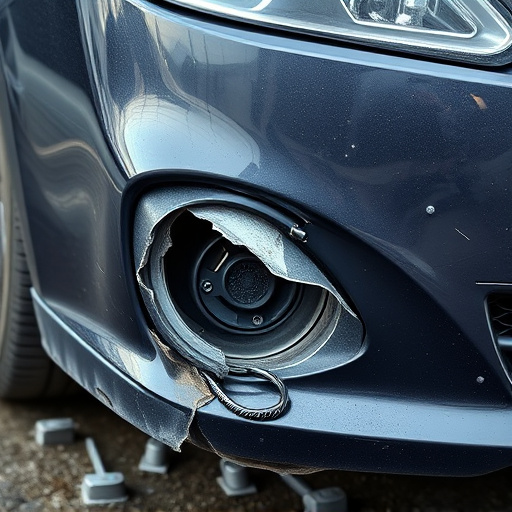
Many individuals often mistake PDR techniques (Paintless Dent Repair) as a quick fix for minor car dents and scratches, assuming it’s an affordable alternative to traditional paint jobs. However, this common misconception oversimplifies the process. PDR is not merely about making a dent disappear; it involves intricate techniques and specialized tools to restore the original appearance of a vehicle’s body panel without sanding or repainting. Skilled technicians use their expertise to assess each dent, ensuring the underlying metal structure is intact.
Another misinterpretation is that PDR is suitable only for new cars with minor dents. In reality, this technique is highly effective for both modern and classic car restoration, including fender repair on vintage vehicles. The versatility of PDR allows for the preservation of a car’s original finish, making it a preferred choice for those who value authenticity in their classic car repairs. Contrary to some beliefs, PDR can be just as meticulous and precise as traditional body work, ensuring that your vehicle looks as good as new.
The Science Behind PDR: Separating Fact from Fiction
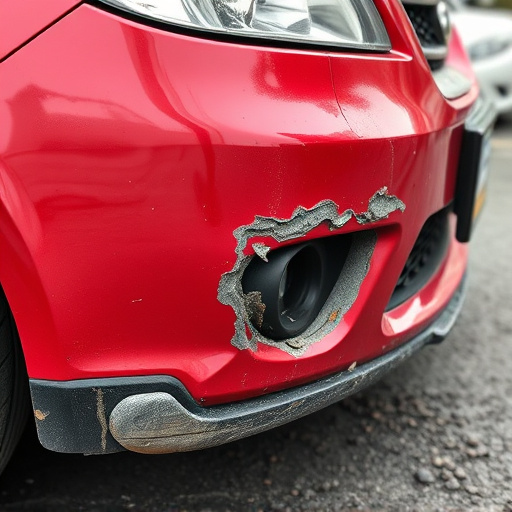
PDR, or Paintless Dent Repair, is a highly specialized auto repair technique that has gained immense popularity for its ability to remove dents and dings from vehicles’ exteriors. However, surrounding this process with myths and misconceptions is common. Understanding the science behind PDR separates fact from fiction, shedding light on why it’s an effective and preferred choice for many car owners.
Contrary to some beliefs, PDR isn’t merely a quick fix or a temporary solution. It involves precise manipulation of a vehicle’s body panel using specialized tools and techniques to reverse damage caused by minor collisions, impacts, or accidental dents. This process conserves the original factory finish, ensuring that the repaired area is seamless and indistinguishable from the rest of the car’s body. The key lies in the trained technician’s expertise and the use of advanced equipment, making PDR a reliable and long-lasting solution for auto repair near me, especially when compared to traditional dent removal methods. It’s an art that demands skill and precision, ensuring that your vehicle retains its value and aesthetic appeal after car dent removal.
PDR (Paintless Dent Repair) has evolved into a highly effective and efficient method for removing dents and scratches from vehicle bodies. By understanding the science behind it, separating fact from fiction, and dispelling common myths, it’s clear that PDR techniques offer a safe, cost-effective, and environmentally friendly solution for automotive repair. Embracing these advancements ensures that both technicians and consumers alike can benefit from this innovative approach to dent removal.
